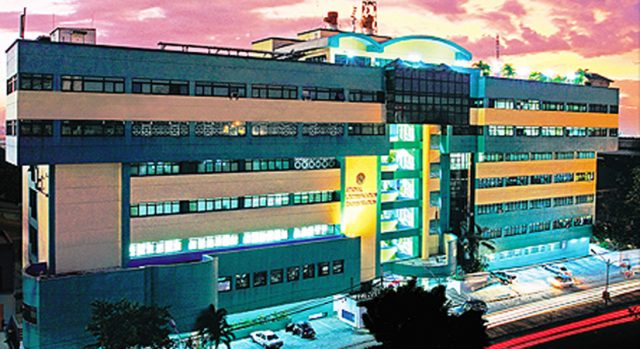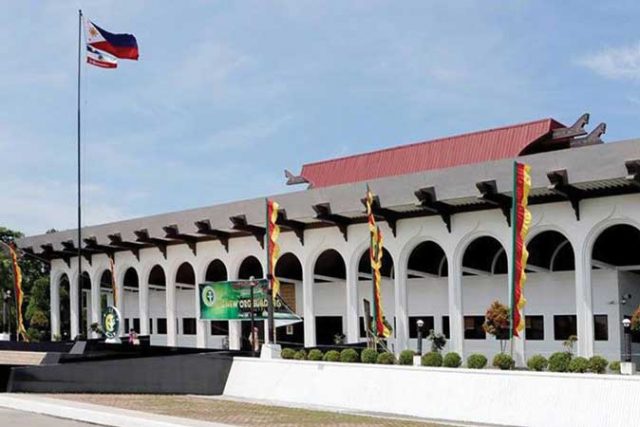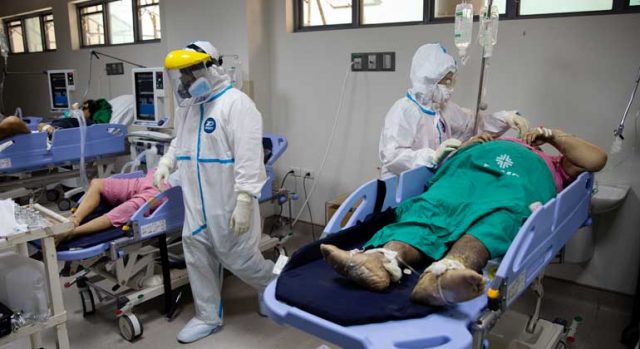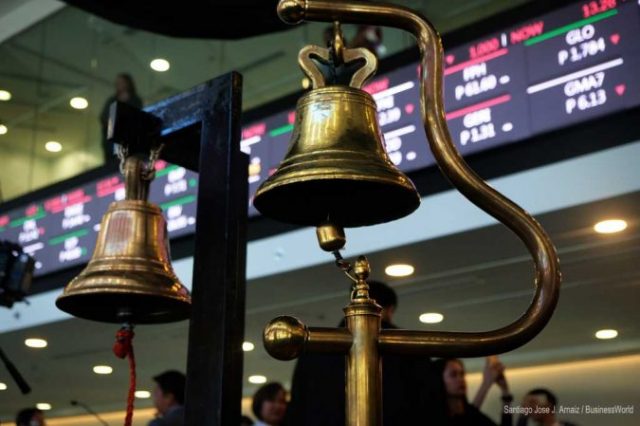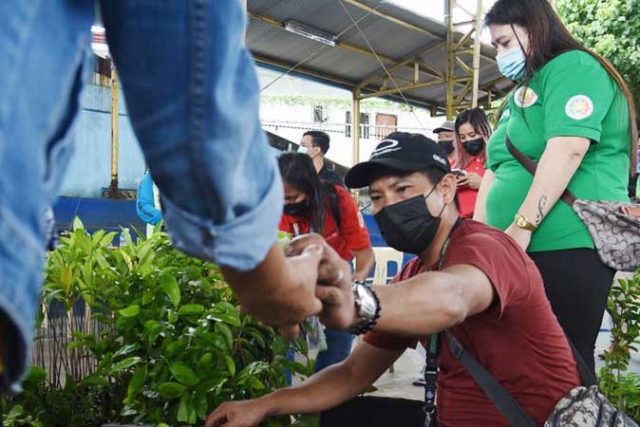By Kyle Aristophere T. Atienza, Reporter
PHILIPPINE deaths from the coronavirus breached 24,000 on Thursday, as Health authorities reported 6,043 more infections to 1.38 million.
The death toll rose by 108 to 24,036, while recoveries increased by 4,486 to 1.3 million, the Department of Health (DoH) said in a bulletin.
There were 51,410 active cases, 1.4% of which were critical, 90.6% were mild, 4.5% did not show symptoms, 2% were severe and 1.44% were moderate.
Fifteen duplicates had been removed from the tally, nine of which were tagged as recoveries, the agency said.
A total of 44 recoveries were reclassified as active cases, while 61 cases previously tagged as recoveries were reclassified as deaths. One laboratory failed to submit data on June 22, it added.
About 13.7 million Filipinos have been tested for the coronavirus as of June 22, according to DoH’s tracker website.
The coronavirus has sickened about 180.4 million and killed 3.9 million people worldwide, according to the Worldometers website, citing various sources including data from the World Health Organization.
About 165.1 million people have recovered, it said.
Meanwhile, the government on Thursday took delivery of about two million more CoronaVac doses from China, according to the presidential palace.
Of the total, about 1.6 million doses were bought by the National Government, while the rest were ordered by Ip Biotech, Inc. for the local government of Manila, presidential spokesman Herminio L. Roque, Jr. told a televised news briefing
More than 8.9 million doses of coronavirus vaccines have been given out as of June 22, 6.6 million of which were first doses, he said.
More than a million health workers were already fully vaccinated, Mr. Roque said.
Mr. Roque said more than 589,000 seniors and about 565,000 seriously ill people had also been fully vaccinated. More than 8,600 essential workers have received their second dose.
Meanwhile, the cities of Bacolod, Iloilo, Cagayan de Oro, Baguio, Zamboanga, Dumaguete, Tuguegarao, General Santos, Naga and Legaspi would be prioritized for vaccines, he said.
The decision came due to rising infections there, their being highly urbanized and their contribution to economic output, he added. Mr. Roque said the government would hire more contact tracers amid the threat of a more contagious coronavirus variant first detected in India.
Mr. Roque said President Rodrigo R. Duterte might discuss the hiring at a meeting with key lawmakers regarding the country’s second stimulus law.
He earlier said contact-tracing had been the weakest point in the government’s pandemic response.
Meanwhile, the salary increase of nurses would probably be financed by the government’s second stimulus fund or by a pandemic measure that is yet to be legislated, Mr. Roque said.
A group of Filipino nurses earlier asked the government to use unspent funds under the second stimulus package for their wage increase.
Under the law the minimum base pay of nurses working in government hospitals and health institutions should start at P31,545 a month.
The government would likely heed the call of the nurses, Mr. Roque said, citing Executive Secretary Salvador C. Medialdea’s June 1 memo.
“It could be a supplemental budget under Bayanihan III or through further realignment of Bayanihan II,” he said. “It is up to Congress since they have plenary power of legislation.”
The palace official earlier said more than P18 billion from Bayanihan II had not been used, more than nine months since the second stimulus package was signed. The law expires on June 30.
Mr. Roque on June 8 said there might not be enough money to fund the salary increase of nurses.
Mr. Duterte was set to meet with key legislators on Thursday to discuss a proposal to extend the validity the second stimulus law. A proposal for a third stimulus package would also be discussed, he said.
The House of Representatives on June 1 approved the proposed P401-billion Bayanihan III law, which seeks to boost the country’s pandemic response. — with Vann Marlo M. Villegas

